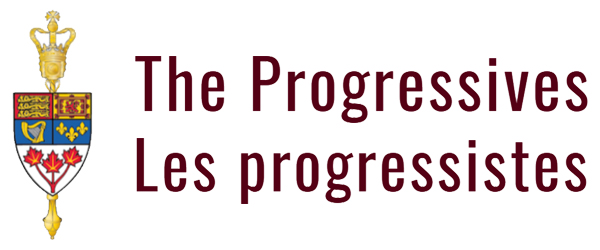Hon. Judy A. White: Welcome, minister. It is good to see you again.
Minister, we have heard from witnesses over and over again at numerous Senate committees, in the context of different bills and studies, that Indigenous communities are not being consulted in a meaningful way. In some cases, they are not being consulted at all. There are serious concerns about the consultation process and how it is undertaken by government departments.
In your view, what should meaningful consultation specifically entail? More importantly, how can the Government of Canada ensure meaningful consultation with Indigenous communities?
Hon. Gary Anandasangaree, P.C., M.P., Minister of Crown-Indigenous Relations: Thank you, Senator White. It’s really good to see you again. I even got your name right this time. First, let me thank you for the question.
We are using a number of terms interchangeably, sometimes without context. The notion of consultation has a specific meaning, especially in a UNDRIP-implementation era. I don’t think the consistency is there. There are inconsistencies in the way we define what “consultation” means.
I will concede that there are disparities in the manner in which consultations are taking place. We are trying to have more of a uniform sense of what that looks like.
Generally speaking, if it involves Indigenous people in general, it should be distinctions-based and regional. There should be components when it involves a particular area of the country so that people from the area are consulted. This is the case for any of the resource projects that take place and so on.
The second aspect is co-development. You would have heard this term on a number of occasions. What does co-development mean? Co-development for Bill C-51 would be different from co-development for something like a waterline station — as in Bill C-61, which is a co-development with many First Nations across Canada.
Again, it’s impossible to have everyone as part of the co-development process.
Senator White: Can you speak to why this is such a challenge? Has your department been able to identify what the main barriers are to effective implementation?
Mr. Anandasangaree: What I can confirm is that we are getting better at it. We are getting better at what co-development looks like.
For example, when we passed the Indigenous languages legislation or Bill C-92 regarding child welfare, that was the first iteration of what co-development looks like. That was vastly different from what you are seeing now in some of the legislation that is coming through that is more co-developed because we are getting better at this and learning from previous iterations.
We are getting to a better place. My assurance is that it is something we are alive to, and we’re always conscious about who is being consulted.

